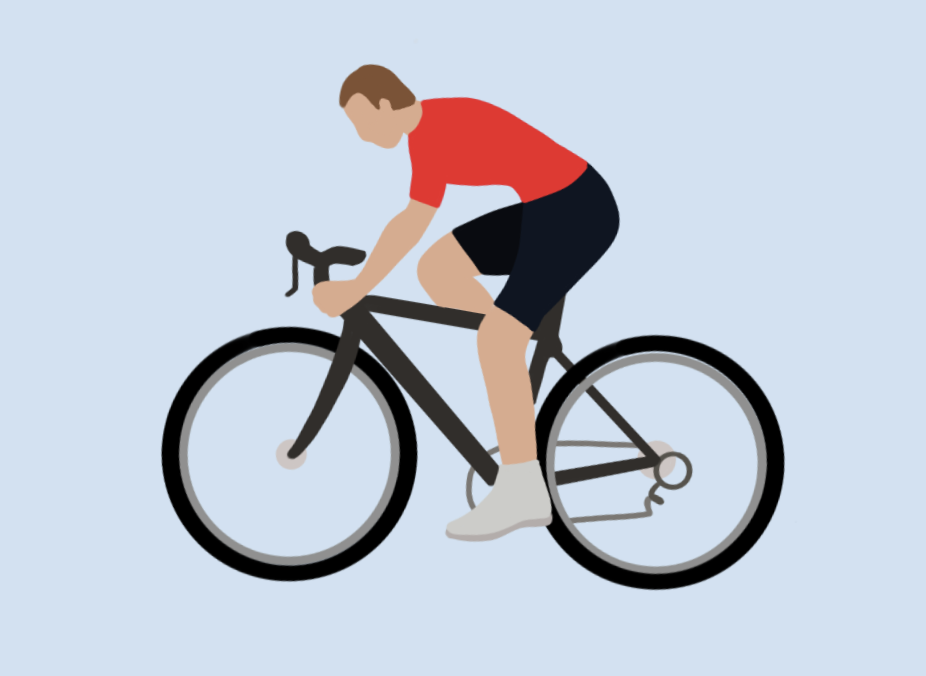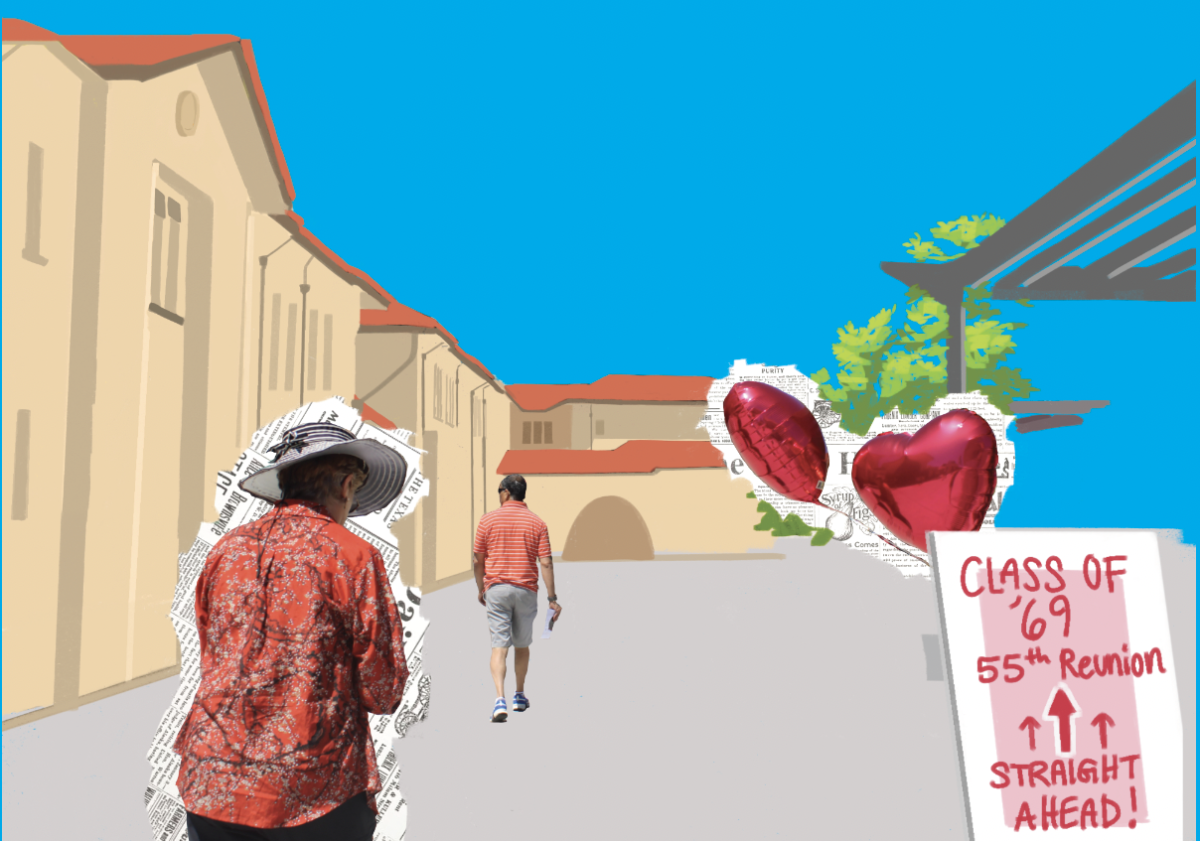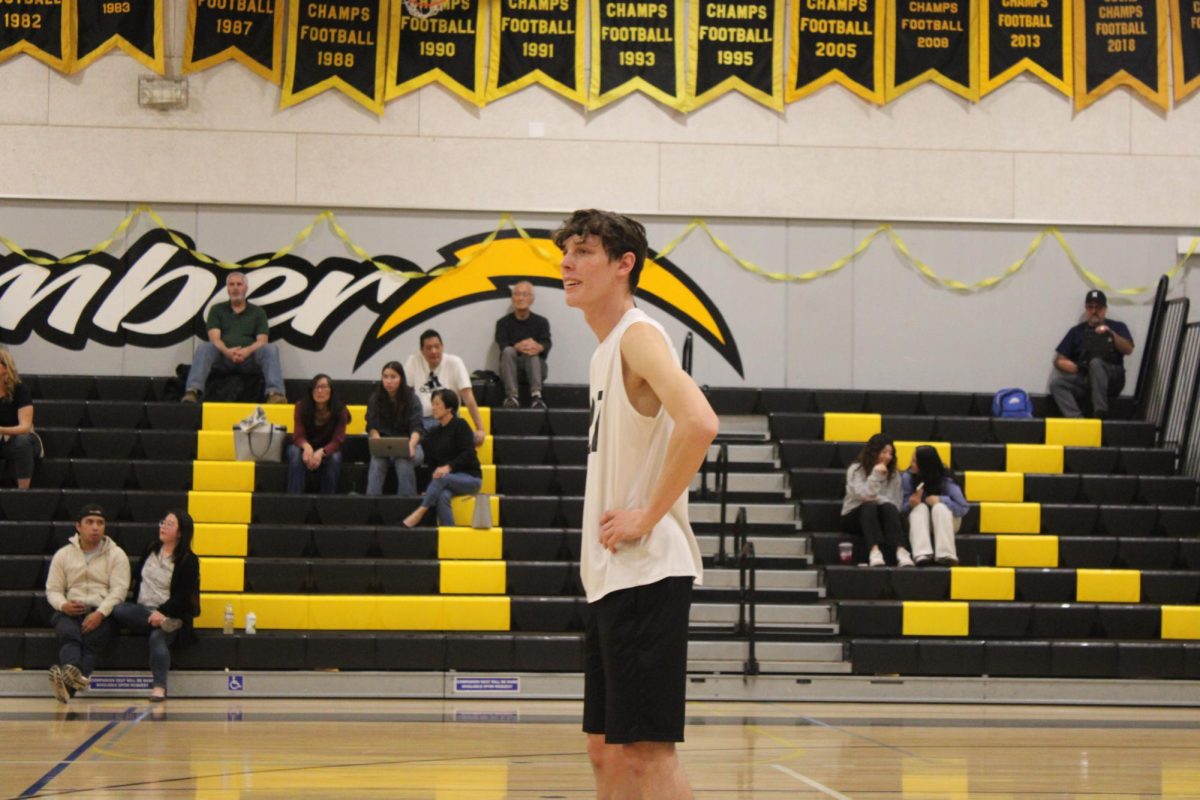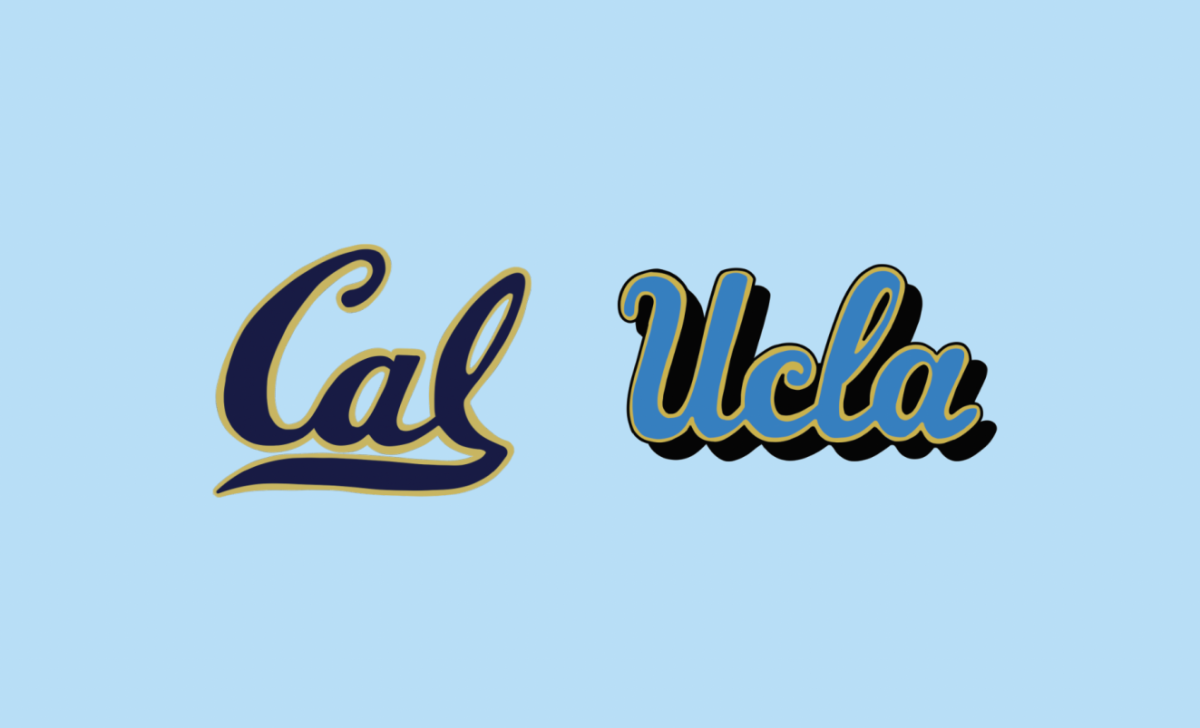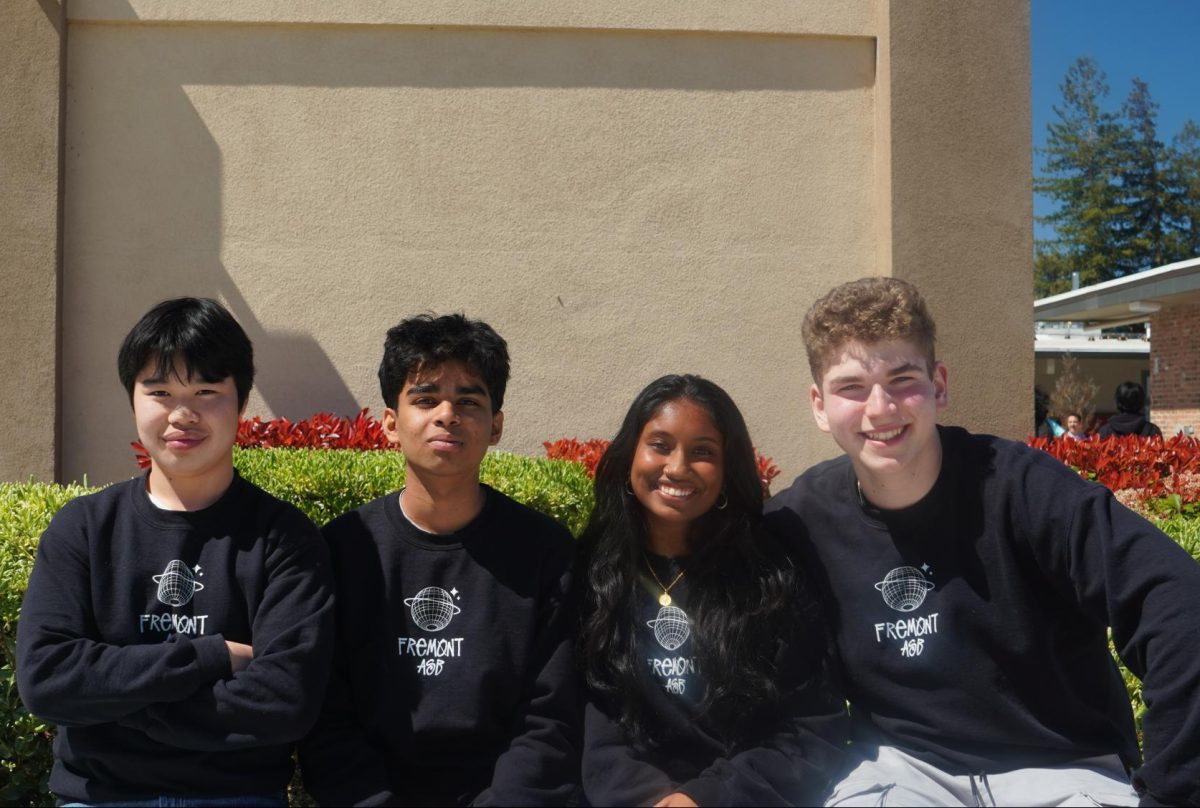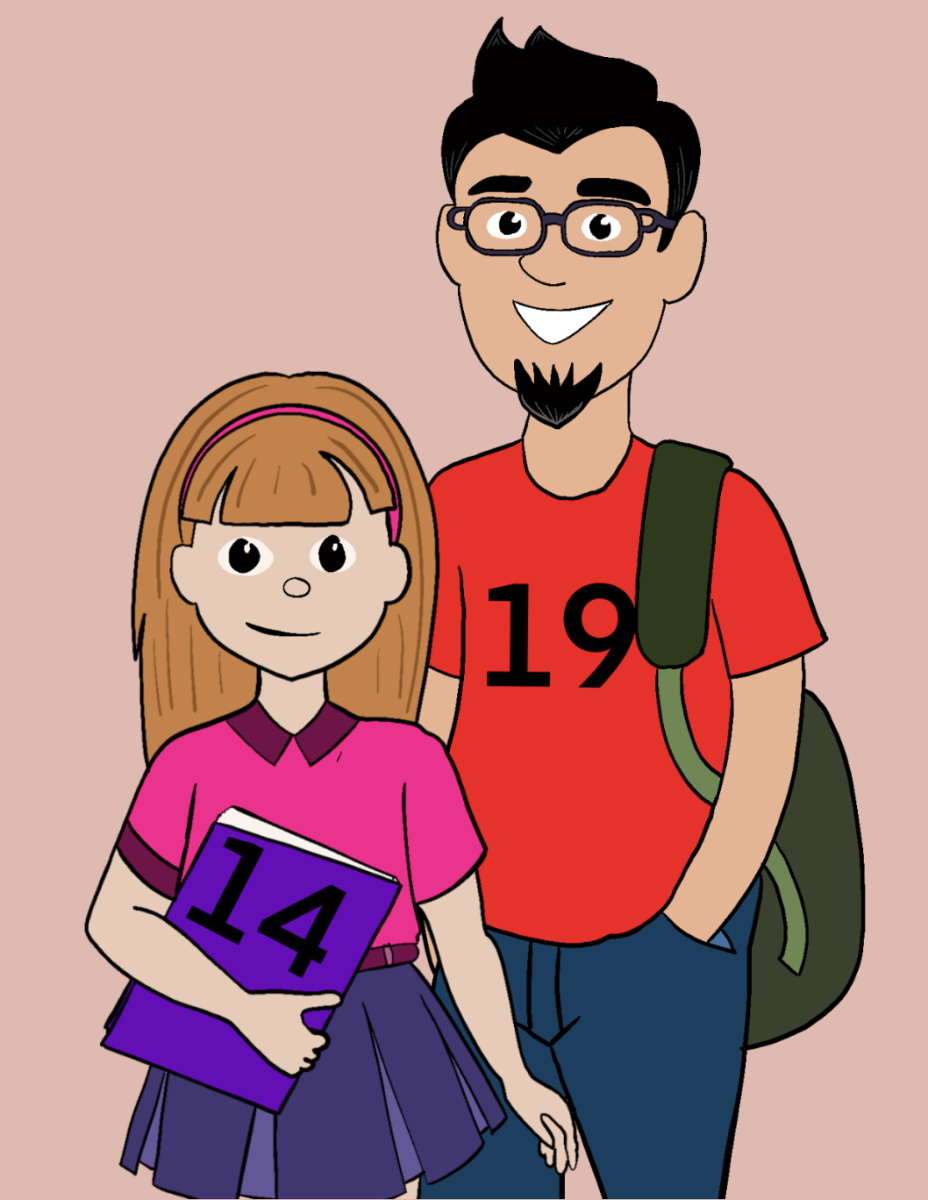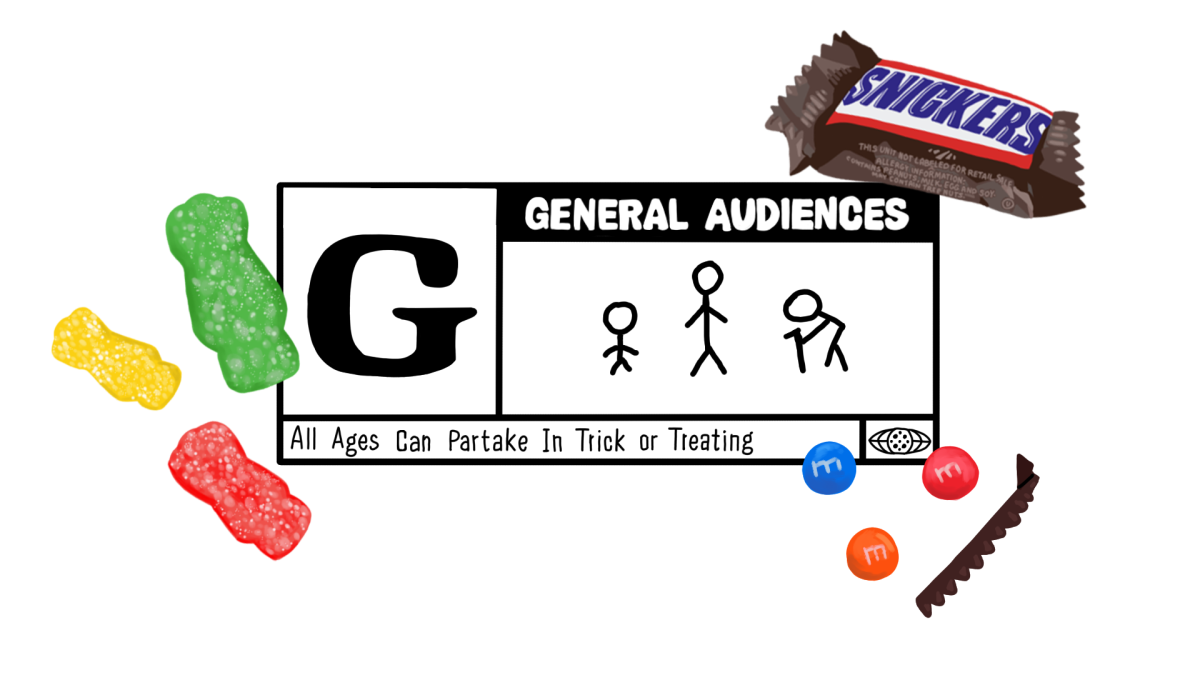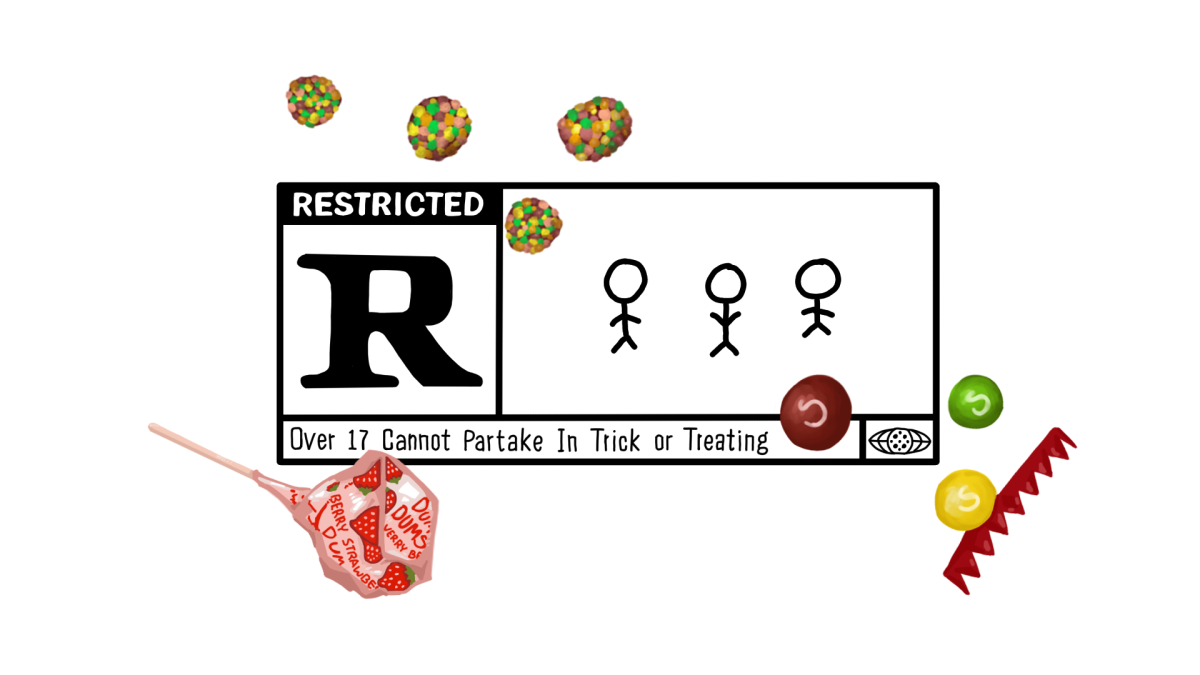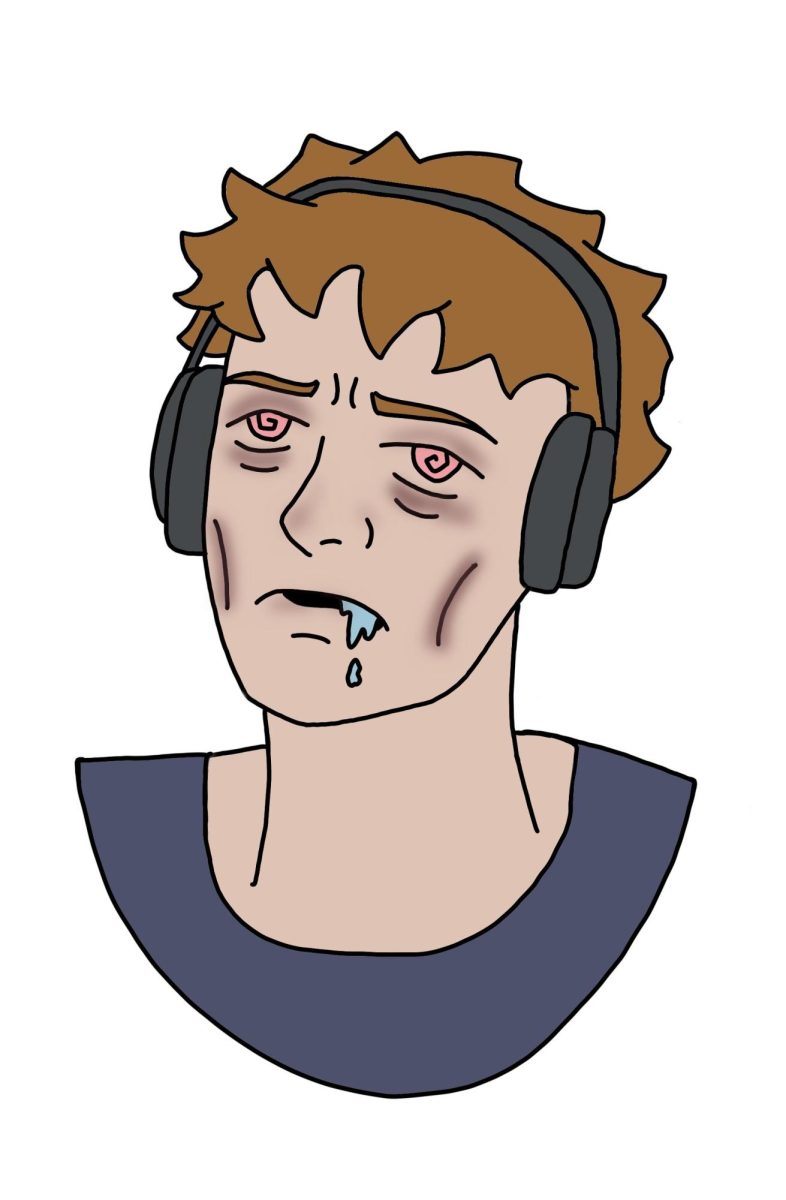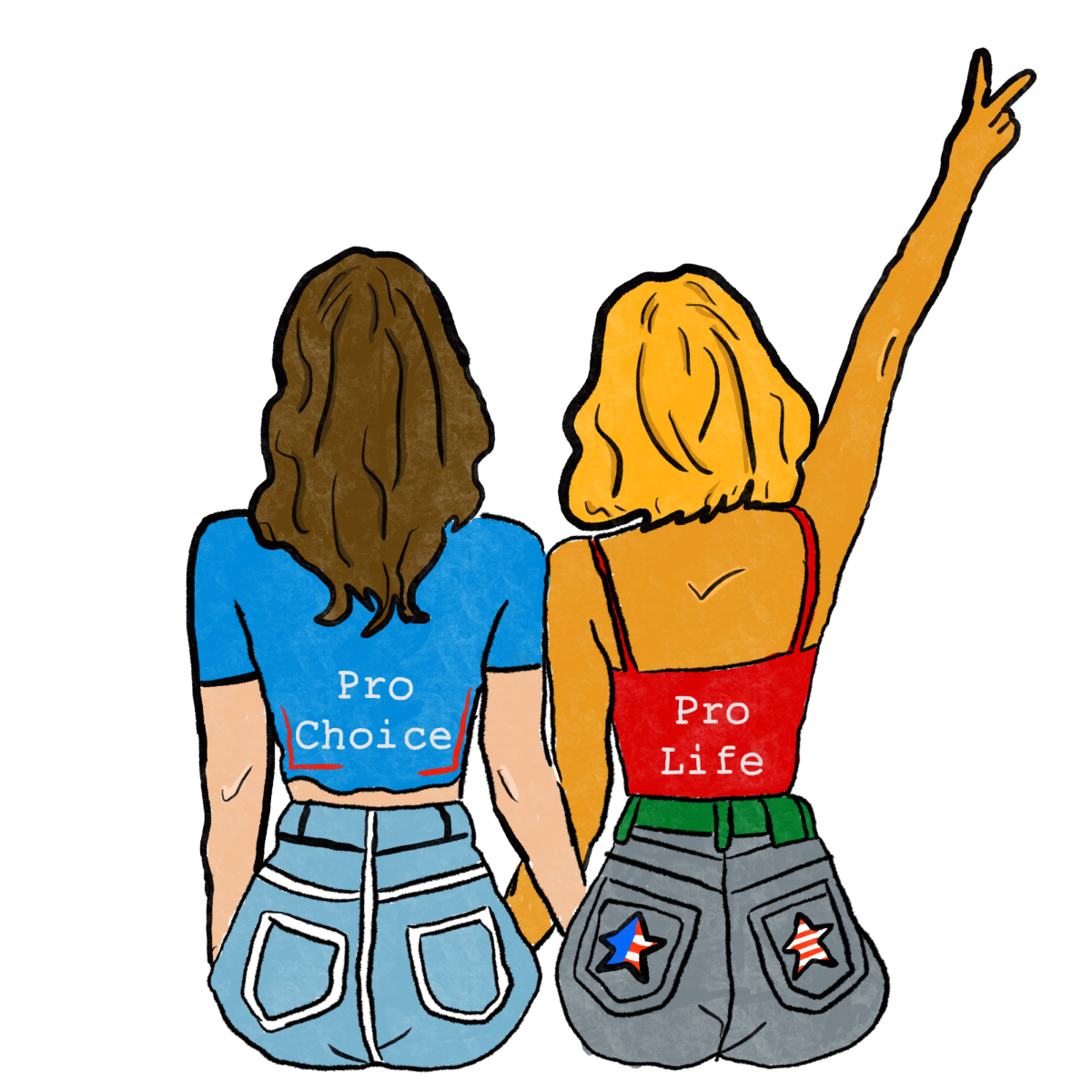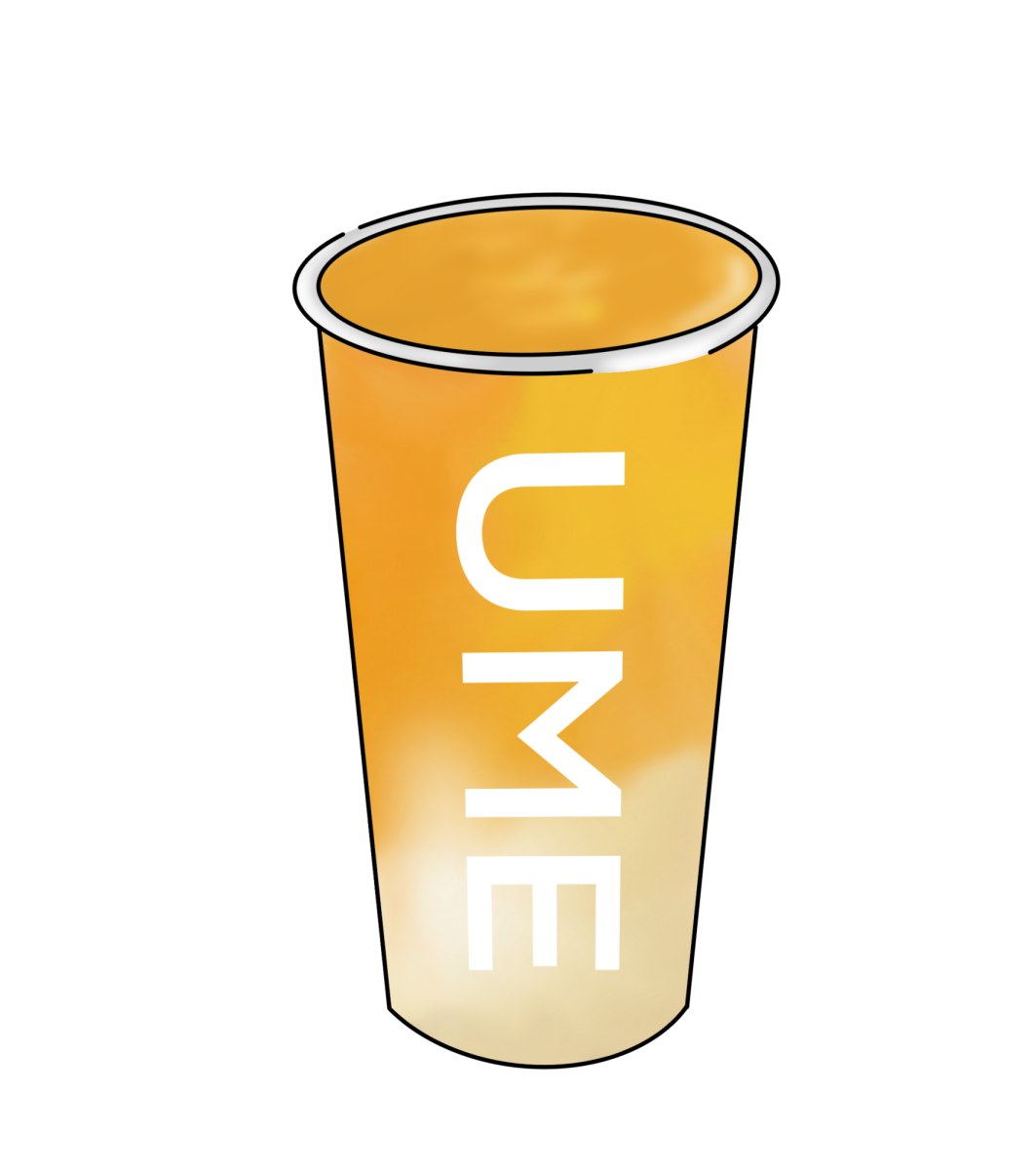Over 100 cyclists are killed a year on the roads, and over 10,000 are injured, according to the California DMV. There are many ways people can get to school, such as driving, taking the bus, walking and biking. There are roads for cars and buses, sidewalks for walking and bike lanes for biking, but some ways of transportation are safer in the environment around FHS.
Cars and buses are a popular way to get to and from school for FHS students, but what about walking and biking? Walking to FHS is a good way to get to school, but only for those who live within less than about a mile from FHS. That leaves biking, skateboarding and scootering as options for students who may not be able to drive, take the bus or walk to school. Taking a non-motor vehicle to school is not only better for the environment, but it also often takes only a few minutes longer than driving.
Despite the apparent benefit of green transportation, the infrastructure around FHS for non-motor vehicles is severely lacking compared to other high schools in the district. The roads around FHS are easily the busiest, and schools on quieter streets have better framework for the safety of the students.
The bike lanes are often hit the hardest by road danger. People who are picking up or dropping off their students typically park in the bike lane, which is illegal along both Sunnyvale Saratoga Road and Fremont Avenue. By parking in the bike lane, those cars are forcing the bikes and other modes of transportation out of the bike lane and into traffic, which not only slows down traffic on the road but also is very dangerous for the bikers. The bike lanes along those roads are not protected by any sort of barrier to stop those cars from parking in the bike lane, and people simply ignore the signs that are posted along the road. Due to inadequate protection of more vulnerable road users, students in the FHS community can easily get injured or even killed by cars. Some examples of bike safety infrastructure from cars, according to the Silicon Valley Bicycle Coalition, include having permanent curbs, bright green-painted bike lanes and flexible bollards. Safer bike lanes would decrease car traffic, make people feel safer on the roads around FHS and benefit not only those who use the bike lanes but everyone on their way to and from school.


